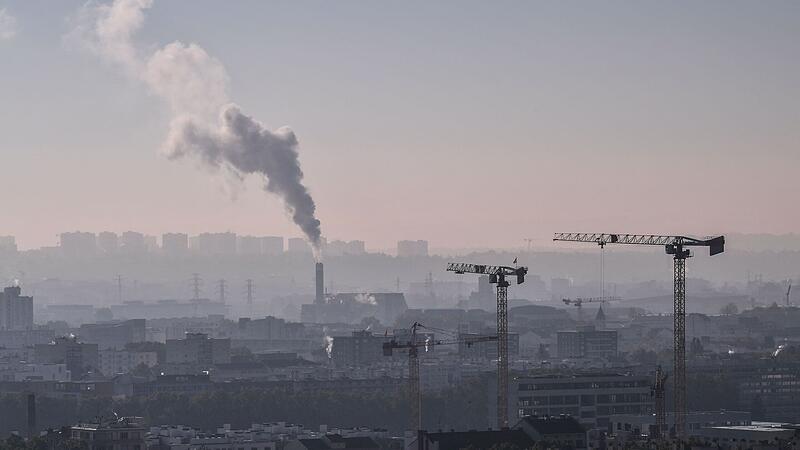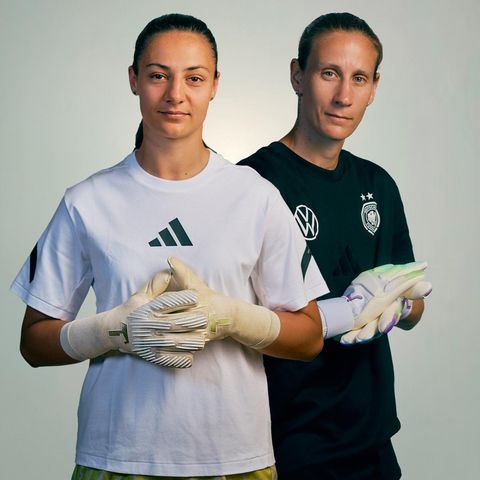In 2020, 96 percent of the urban population in the EU lived with fine dust levels that exceeded the guideline values of the World Health Organization (WHO), as the EU Environment Agency EEA announced on Friday. 89 percent were exposed to nitrogen dioxide (NO2) levels above WHO guidelines.
For ozone (O3), 21 of the states, including 15 EU members including Austria, were above the more generous EU target value of 120 ug/m3 – nobody fell below the WHO peak of 60 ug/m3. For particulate matter in the form of PM2.5 (particles smaller than 2.5 micrometres), six reporting countries – including the three EU Member States Italy, Croatia and Poland – reported concentrations above the EU annual limit value of 25 ug/m3.
It was even worse for PM10 particulate matter, where 20 countries with 15 EU members reported over 50 ug/m3 – Austria did relatively well here and was in the top third with a maximum of 41 ug/m3. Neighboring Germany, on the other hand, had the highest average concentration of all EU countries for nitrogen dioxide (NO2), while Austria was again in the middle.
Air pollution still high despite corona decline
The corona pandemic has therefore had a positive effect on air quality: lockdown measures in the fight against the corona virus led to a temporarily reduced activity in road, air and international shipping traffic in 2020, which in turn led to a decrease in air pollutant emissions , wrote the Copenhagen-based EEA. In major cities in France, Italy and Spain, nitrogen dioxide levels have fallen by up to a quarter. Despite a noticeable reduction in air pollution from road traffic, exceeding European air quality standards is still common across the EU.
The WHO made its recommended limit values for pollutants in the air much stricter in September last year. What the organization considers acceptable in terms of health is now even more clearly below the EU guideline values. The EEA sees a major discrepancy between current EU requirements and scientific evidence on when health effects occur.
Source: Nachrichten




